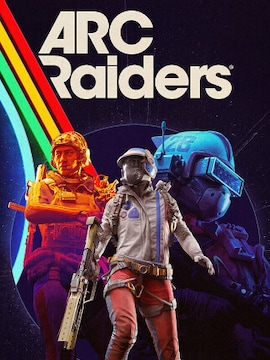In only 3.6 days, Ready or Not reached more than one million sales on console, breaking records and getting attention across the gaming world.
This is surprising because the game faced review bombs and strong criticism from PC players. Many fans were unhappy with changes that removed or toned down violent and sensitive content.
Navigating Controversy: Developer Decisions and Player Reactions
Void Interactive decided to ‘sanitize’ some parts of the game to avoid controversy and make it easier to release on consoles. Even though some players say this hurts the game’s original message, the high sales suggest the strategy may have worked.
Now, many gamers are asking: how much should a developer change a game to reach more people? And is it okay to sacrifice realism for success?
Community Feedback and Game Support
Void Interactive CEO Julio Rodriguez shared his excitement on LinkedIn after Ready or Not sold 1 million copies on console in just 3.6 days. Here’s what he wrote:
“When we launched Ready or Not on PC, it took about 36 days to reach 1 million units sold. On console, it took about 3.6 days. I’m incredibly proud of the team and what we’ve accomplished together. It’s a huge moment – and one we don’t take for granted. Game reviews are holding strong as we head into our first weekend, and the team is already hard at work ironing out issues and continuously improving the experience. To our players, partners, and everyone who believed in the project – thank you.”
This post gives a clear signal – Void Interactive plans to support the game for a long time, not just after launch. Even though some players are still discussing the changes and censorship, the team seems focused on improving the game and building on its success across platforms.
Balancing Creative Vision and Market Demands
To release Ready or Not on consoles, Void Interactive had to follow strict rules set by platform holders and age rating boards. These rules required the developers to remove or change certain types of content that were seen as too violent or sensitive. For instance:
- Nudity was reduced or covered up in several missions,
- Graphic gore, such as dismembering dead bodies, was limited,
- Scenes involving children, including disturbing animations and suggestive evidence, were softened or replaced.
However, these decisions caused strong reactions from PC players. Many fans felt that the game’s dark and realistic tone had been weakened. Some said the changes made Ready or Not feel like a more generic shooter, losing the unique atmosphere that made it stand out. This led to a review-bomb campaign on Steam, where thousands of users gave negative ratings to express their frustration. Although the player count remained stable for a while, the controversy clearly affected how the community viewed the game.
what will get censored in the PC version
byu/Sioscottecs23 inReadyOrNotGame
Void Interactive explained that they only made changes that were “absolutely required,” and tried to keep the game’s core experience intact. Still, the situation has sparked a wider debate about censorship, creative freedom, and how much developers should change their games to reach larger audiences.
Even though many PC players were unhappy with the game changes, Ready or Not became very popular on consoles. On PlayStation, it reached an average score of 4.69 out of 5, while on Xbox, it got 4.0 out of 5. Console players gave good feedback about the game’s realistic missions and online co-op mode.
Before the official release on July 15, Ready or Not was already number one on PlayStation’s pre-order chart showing high demand. The game’s launch was very successful – Ready or Not console sales reached over one million copies in just 3.6 days. It was much faster than the PC version, which needed 36 days to sell the same number.
#PlayStation audiences are you ready? pic.twitter.com/dermdk4rZb
— VOID Interactive (@VOIDInteractive) June 22, 2025
Impact on PC and Broader Market Implications
The strong console launch also helped the game on PC. During the Steam Summer Sale, many PC players came back to the game, and the number of people playing at the same time reached its highest level since December 2023. This proves that, even with arguments and criticism around the Ready or Not controversy, the game is still popular with a wide audience. Its success also shows how strong FPS sales can be when a game gets more attention across different platforms.
This situation shows a bigger challenge in the gaming world: how to balance creative vision with platform rules and market needs. Some developers try to keep their original ideas, while others adjust their games to meet standards and reach more players. By keeping the console changes, Void Interactive shows a market strategy focused on long-term success.
Their strong sales may lead other developers to consider similar choices – changing content not for creative reasons, but to fit the rules of bigger platforms. As the gaming world continues to grow, the debate around censorship vs. creativity is likely to get even louder.




